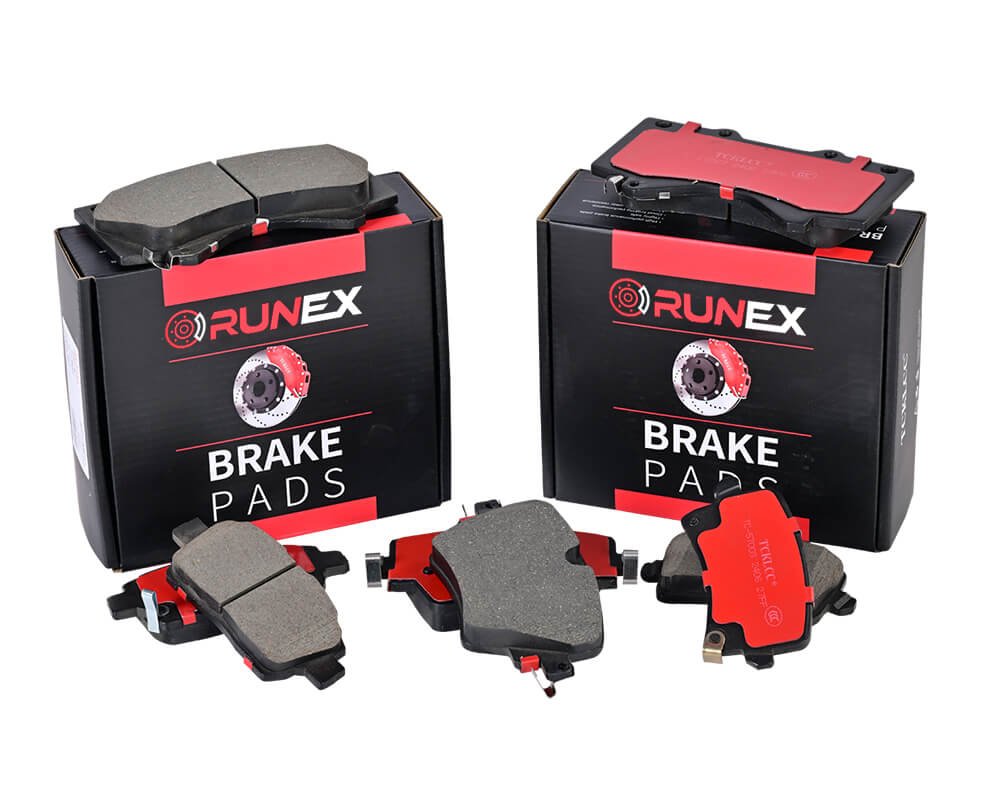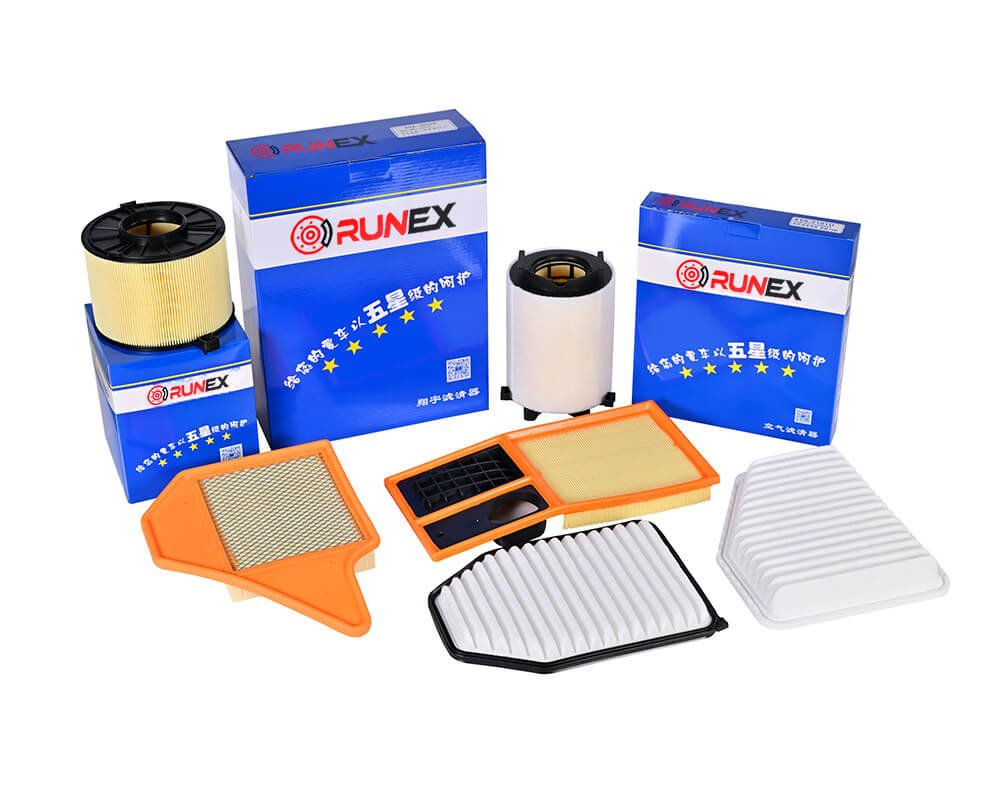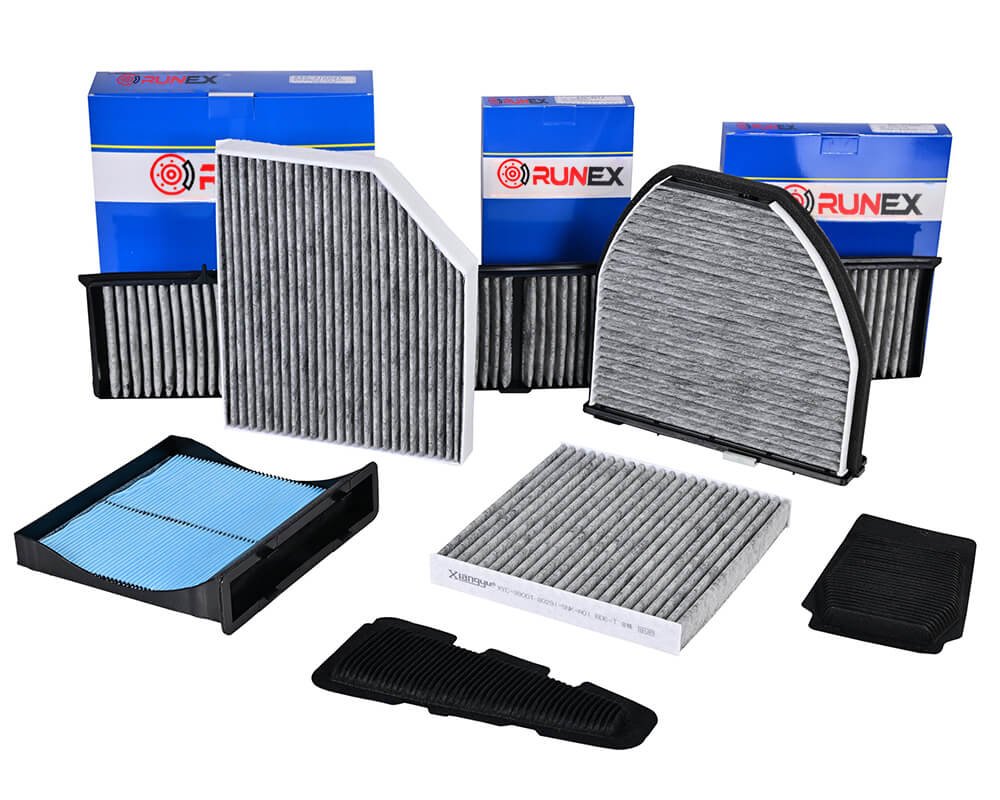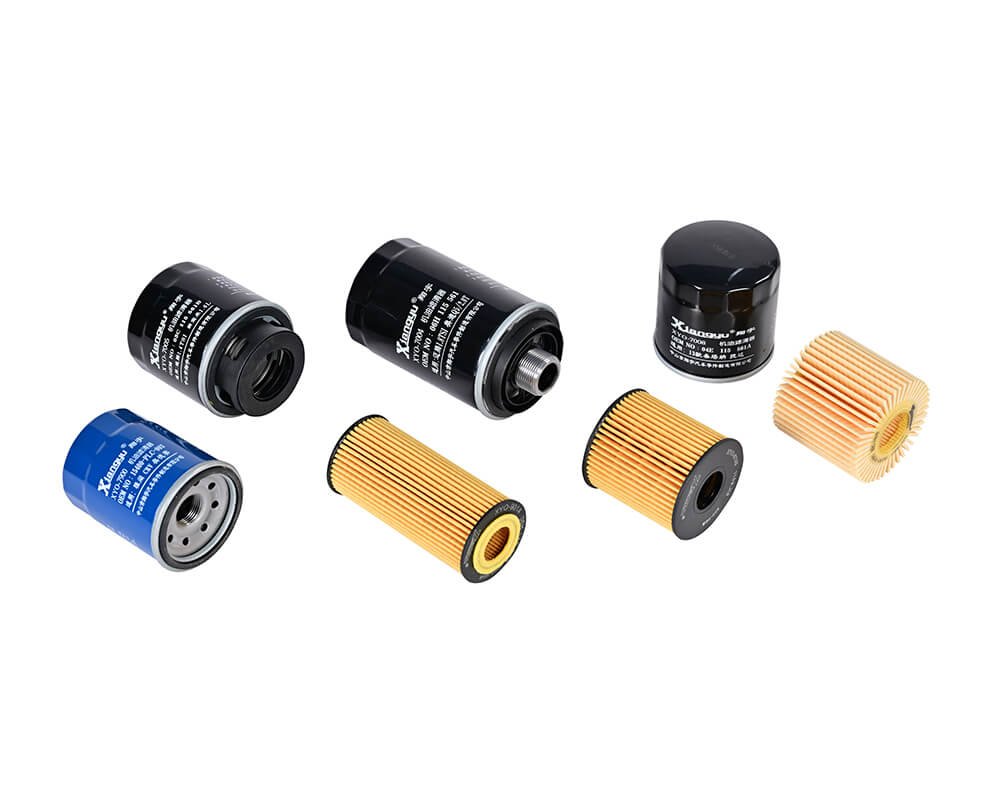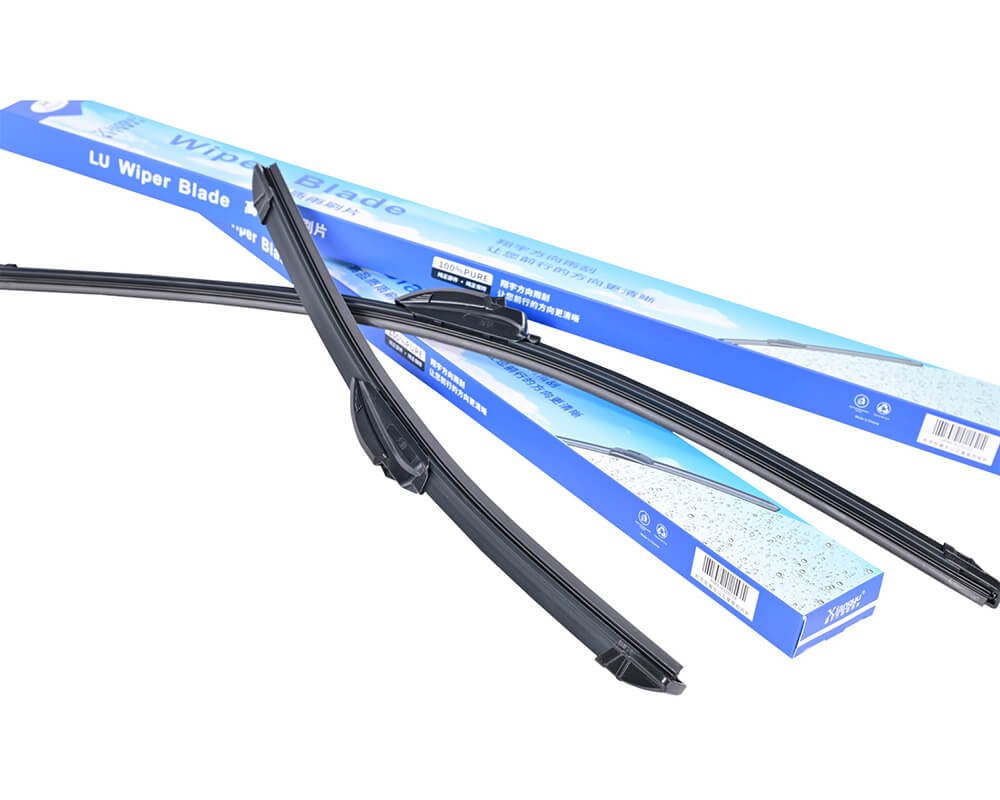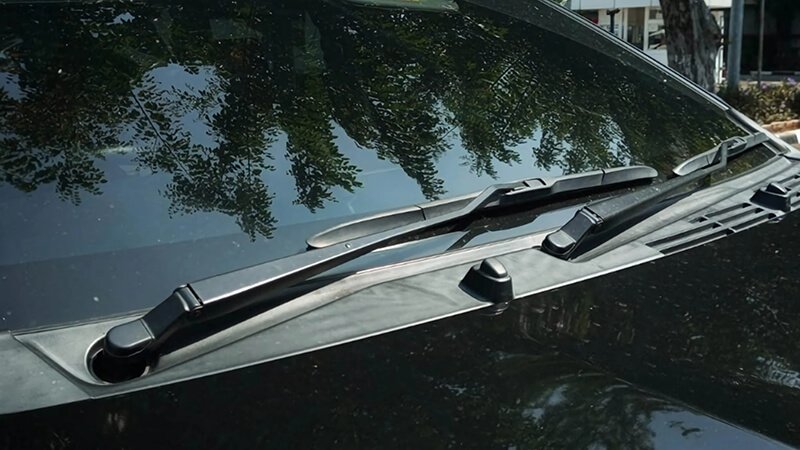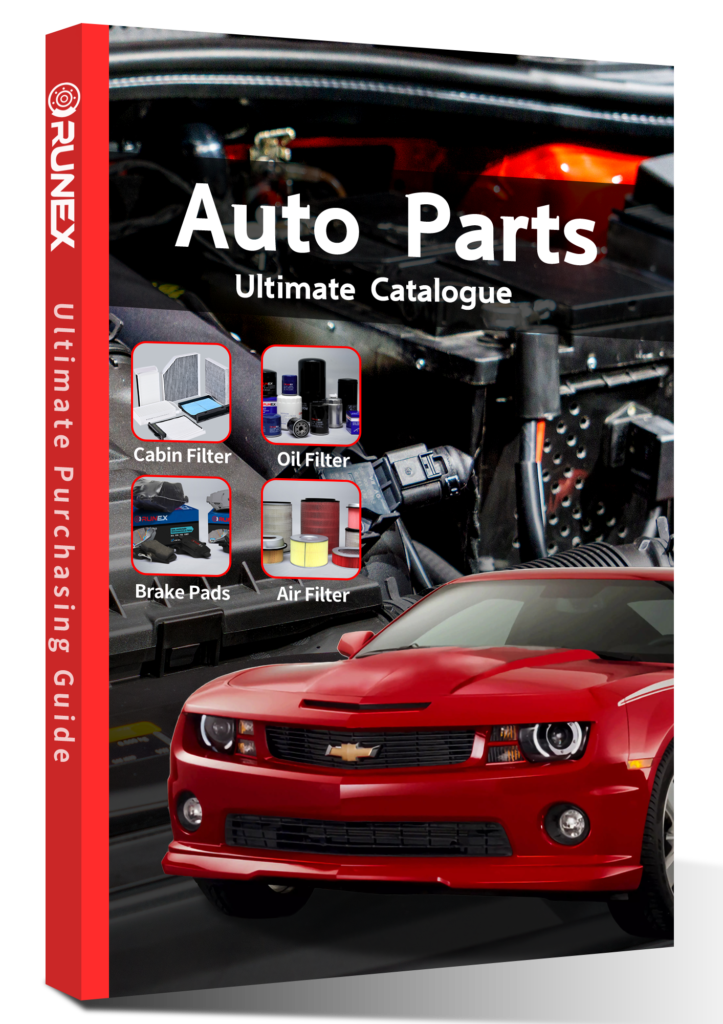When it comes to brake pads, choosing the right type can make all the difference, especially when it comes to the longevity of your rotors. Have you ever wondered which brake pads are the least abrasive on your rotors? This is an important factor to consider for both performance and cost-effectiveness. Let's explore the options.
In general, ceramic brake pads are considered the easiest on rotors. They are softer compared to semi-metallic pads and typically cause less wear on the brake rotors. However, organic pads, which are also softer, can also be a good option. Let’s take a deeper look into how different brake pad materials impact rotor wear.
While ceramic pads are a popular choice, it’s important to understand how they compare to other materials, like organic and semi-metallic brake pads. In this article, we’ll break down the pros and cons of different brake pad materials to help you make the best decision for your vehicle.

Are Ceramic Pads Easier on Rotors?
Ceramic brake pads are one of the most commonly used options when it comes to protecting rotors. But what exactly makes them easier on rotors compared to other types of brake pads? Let’s break it down.
Ceramic brake pads are made from a mixture of ceramic fibers and other materials that allow them to be soft yet durable. They are generally considered the easiest on rotors due to their low abrasion. Compared to semi-metallic pads, ceramic pads generate less heat and cause less wear on your brake rotors.
Ceramic brake pads are favored for their ability to protect your rotors over time. They are softer than semi-metallic brake pads, which means they cause less friction and wear on the rotors. Ceramic pads are known for their smooth and consistent performance, especially under normal driving conditions. They don’t produce as much heat, which helps in reducing rotor damage.
Advantages of Ceramic Pads:
- Lower Rotor Wear1: Ceramic brake pads are less abrasive compared to other types. Their softer material ensures a smoother contact with the rotor, reducing the risk of rotor damage and extending the lifespan of the braking system.
- Cleaner Wheels2: Ceramic pads produce less brake dust. This keeps your wheels cleaner and reduces the amount of abrasive particles that might end up on your rotors, which could otherwise cause wear.
- Noise Reduction3: Ceramic pads tend to be quieter than semi-metallic pads. The material is designed to reduce vibrations and noise, leading to a quieter braking experience.
Disadvantages of Ceramic Pads:
- Cost: Ceramic pads are often more expensive than their semi-metallic or organic counterparts. While the initial cost is higher, the extended lifespan and reduced wear on rotors might offset the investment.
- Performance in Extreme Conditions: While ceramic pads perform well in everyday driving, they may not perform as effectively in high-performance conditions such as towing or racing, where semi-metallic pads typically perform better due to their ability to withstand high temperatures.
Comparison: Ceramic vs Semi-Metallic vs Organic Brake Pads
| Feature | Ceramic Brake Pads | Semi-Metallic Brake Pads | Organic Brake Pads |
|---|---|---|---|
| Rotor Wear | Low, minimal abrasion | High, abrasive to rotors | Moderate, softer than semi-metallic |
| Brake Dust | Low | High | High |
| Performance in Extreme Heat | Moderate | Excellent, performs well in heat | Poor, can fade under extreme heat |
| Noise Level | Quiet | Louder, can be noisy | Quiet |
| Cost | High | Moderate | Low |
In conclusion, ceramic pads are the most rotor-friendly option for daily driving, offering a longer lifespan and smoother braking performance, making them ideal for everyday vehicles.
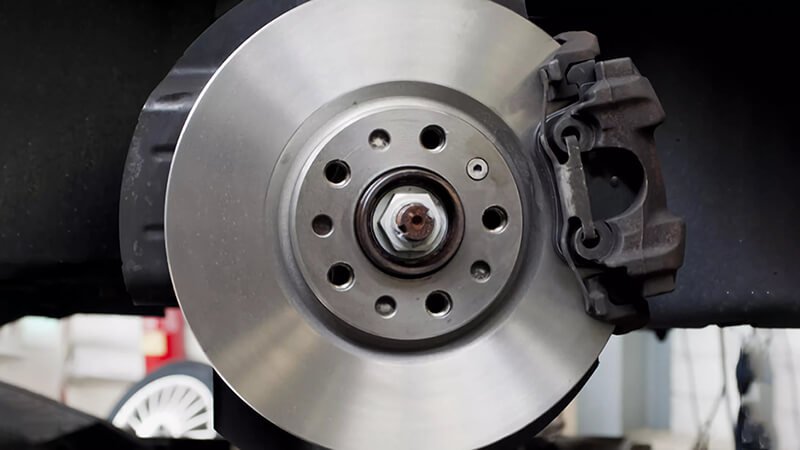
Can You Use Any Brake Pads with Any Rotors?
You might think that any brake pad can be paired with any rotor, but that’s not always the case. Let’s dive into the compatibility issues you should be aware of when choosing brake pads and rotors.
Not all brake pads are suitable for all rotors. It’s crucial to pair the right type of brake pad with the appropriate rotor material to ensure optimal performance and safety. Using incompatible pads and rotors can result in poor braking performance and increased wear.
While it’s technically possible to use any brake pad with any rotor, doing so isn’t always ideal for performance and longevity. The key to ensuring smooth braking lies in the compatibility between the materials of the brake pads and rotors. For instance, ceramic brake pads4 work best with cast-iron rotors. They create less heat and friction, which is optimal for these types of rotors.
Compatibility Breakdown:
| Brake Pad Type | Compatible Rotor Types | Advantages | Disadvantages |
|---|---|---|---|
| Ceramic Pads | Cast-iron rotors | Lower heat generation, reduced rotor wear | Can’t handle high-performance conditions |
| Semi-Metallic Pads | Slotted or drilled rotors | High heat resistance, better performance at high temperatures | More abrasive, can damage softer rotors |
| Organic Pads | Standard rotors | Softer, quieter, good for normal conditions | Not ideal for high heat, wear out quicker |
The material of the rotor plays a significant role in how the brake pad performs. For example, a performance rotor (typically slotted or drilled) is designed to handle the higher temperatures generated by semi-metallic pads5. Using organic or ceramic pads on such rotors may result in poor braking performance.
Additionally, the rotor surface should be in good condition. If the rotors are excessively worn or warped, even the best brake pads will struggle to function efficiently. Therefore, always ensure that the rotor material and condition match the brake pads you choose.
It’s also important to note that using mismatched components may affect the braking system’s overall performance. When considering upgrades or replacements, always check the manufacturer’s guidelines for compatibility.

What Is a Disadvantage of Ceramic Brake Pads?
While ceramic brake pads offer many benefits, they’re not without their drawbacks. Let’s look at the potential disadvantages of using ceramic pads in your braking system.
One of the main disadvantages of ceramic brake pads is their higher initial cost. They can also be less effective in extreme conditions compared to semi-metallic pads. However, their long-term benefits, such as rotor protection and low dust production, often outweigh these drawbacks.
Ceramic brake pads have become popular due to their smooth performance and ability to be easier on rotors. However, they are not perfect. The primary downside of ceramic pads is their higher upfront cost. Ceramic pads are generally more expensive than organic or semi-metallic pads. While they offer great performance and are long-lasting, this initial investment can be a turn-off for some vehicle owners.
Key Disadvantages of Ceramic Pads:
- High Cost6: Ceramic pads tend to be more expensive compared to other materials like organic or semi-metallic pads. This can be a barrier for some drivers, especially those looking for a budget-friendly option.
- Performance in Extreme Conditions7: While ceramic pads excel in daily driving, they are less effective in situations that require high braking power, such as towing, racing, or mountain driving. Semi-metallic pads are better suited for these high-demand conditions.
- Potential for Brittle Breakage8: Although rare, ceramic pads can be more brittle than other pad types, especially under high heat or aggressive driving. They may crack or break under such conditions, whereas semi-metallic pads tend to be more durable in these situations.
| Disadvantage | Description | Possible Solution |
|---|---|---|
| Higher Initial Cost | Ceramic pads are generally more expensive to purchase upfront. | Consider the long-term savings in maintenance costs. |
| Less Effective in Extreme Heat | Ceramic pads struggle under intense braking conditions like racing or towing. | Use semi-metallic pads in high-performance applications. |
| Brittle under Pressure | Ceramic pads can be prone to cracking under extreme heat or aggressive braking. | Avoid using them in performance-driven or heavy-duty scenarios. |
Despite these drawbacks, ceramic pads are a great choice for regular driving due to their ability to extend the life of the rotor and reduce brake dust.

Can I Use Ceramic Brake Pads on Stock Rotors?
You might be asking whether ceramic brake pads are compatible with stock rotors. The good news is that they generally work well together. Let’s explore this further.
Yes, you can use ceramic brake pads on stock rotors. Ceramic pads are designed to be gentle on the rotor surface, making them a suitable choice for most stock rotors. However, it’s always a good idea to check compatibility and manufacturer guidelines to ensure the best performance.
Ceramic brake pads9 are often compatible with stock rotors. Stock rotors, typically made of cast iron, are durable and designed to withstand normal driving conditions. Ceramic pads are softer than semi-metallic ones and generate less heat, which makes them a good match for stock rotors.
Benefits of Using Ceramic Pads on Stock Rotors:
- Extended Rotor Life: Since ceramic pads are softer and produce less heat, they are easier on the rotor surface. This leads to reduced wear and tear on the rotors, extending their lifespan.
- Smoother Braking Performance: Ceramic pads provide smooth and consistent braking performance, ideal for stock rotors10 that are designed for regular driving conditions.
- Cleaner and Quieter: Ceramic pads produce less brake dust, which helps keep your wheels cleaner. They also tend to be quieter than semi-metallic pads, making for a more comfortable ride.
Things to Keep in Mind:
- Condition of the Rotors: If your stock rotors are already worn or damaged, ceramic pads may not be as effective. Always ensure that your rotors are in good condition before installing ceramic pads.
- Check Compatibility: While ceramic pads generally work well with stock rotors, always verify the compatibility with your vehicle’s specifications to ensure optimal performance.
Ceramic pads are a solid option for daily drivers who want to protect their stock rotors, offering quieter, cleaner, and longer-lasting braking performance.
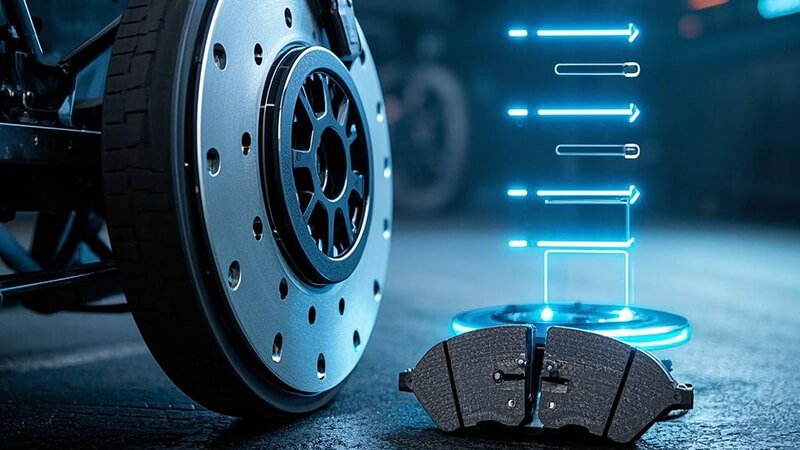
Conclusion
In conclusion, choosing the right brake pads11 for your vehicle is crucial to maintaining rotor integrity, performance, and safety. While ceramic brake pads are generally considered the easiest on rotors due to their softness and low heat generation, it’s important to assess your driving conditions and rotor compatibility before making a final decision. Whether you go for ceramic, organic, or semi-metallic pads, always ensure they are suited to your vehicle’s needs for the best performance and longevity.
-
Understanding lower rotor wear can help you appreciate the longevity and efficiency of ceramic brake pads, making them a smart choice for your vehicle. ↩
-
Discover how ceramic brake pads minimize brake dust, keeping your wheels cleaner and enhancing your vehicle's appearance. ↩
-
Learn about the advantages of quieter braking systems and how ceramic pads can enhance your driving experience. ↩
-
Explore the advantages of ceramic brake pads for optimal performance and longevity when paired with cast-iron rotors. ↩
-
Learn about the high heat resistance and performance benefits of semi-metallic pads with slotted or drilled rotors. ↩
-
Understanding the factors behind the high cost can help you make informed decisions about your brake pad options. ↩
-
Exploring this can help you choose the right brake pads for your driving needs, especially in demanding situations. ↩
-
Learning about brittleness in ceramic pads can help you avoid potential issues and enhance your vehicle's safety. ↩
-
Explore the benefits of ceramic brake pads to understand why they are a popular choice for enhancing braking performance. ↩
-
Learn how stock rotors interact with different brake pads to optimize your vehicle's braking system. ↩
-
Know all details about Runex OEM Brake Pads and get your best products for your business. ↩



